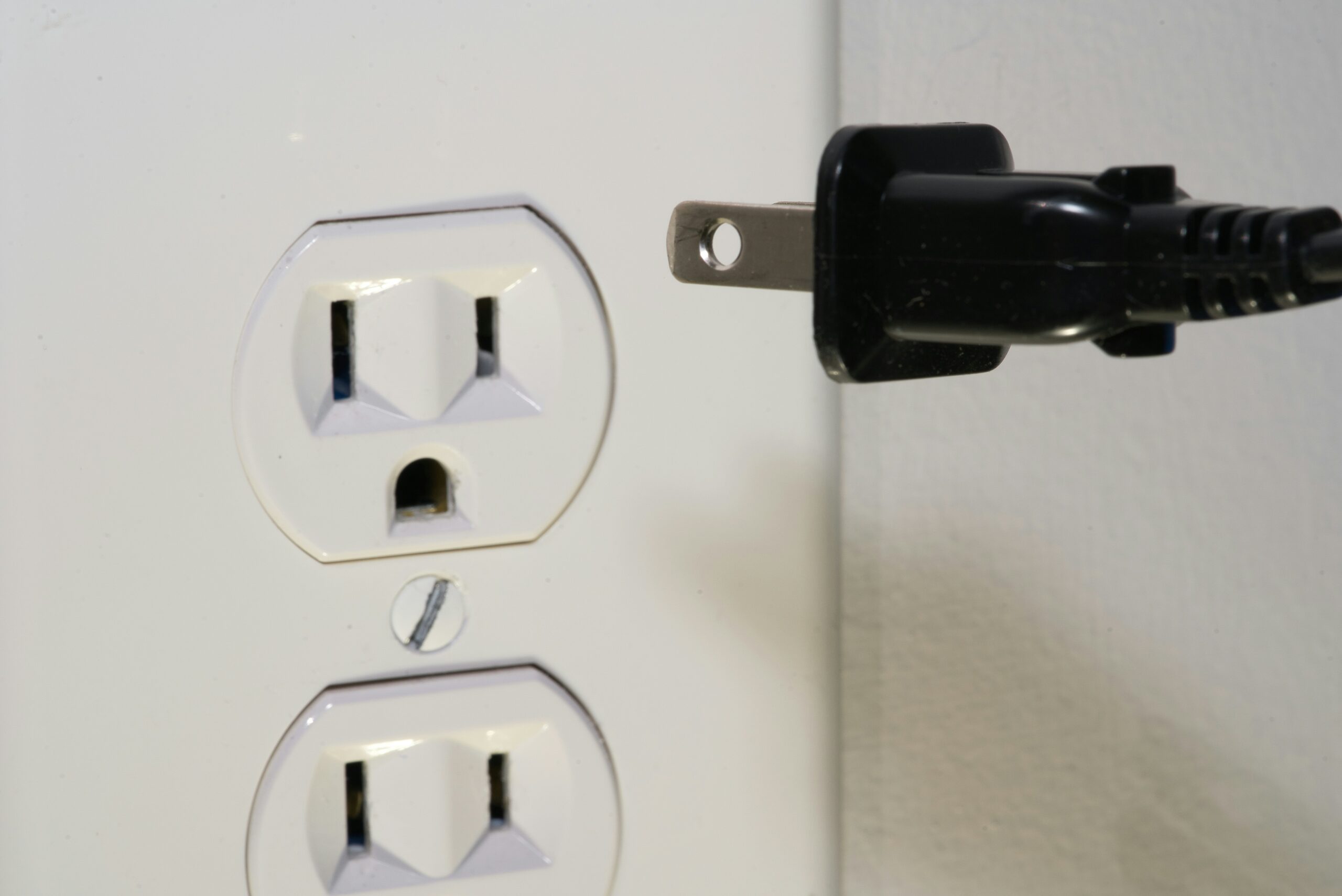February is an ideal time to prepare your yard for spring and improve its curb appeal. A few key issues can be addressed easily and affordably, yet render noticeable results. Luis Cortes, senior account manager with BrightView, the landscaping services company that counts the MetroWest Master Association among its clients, offers his expert advice for a flawless yard.
Battle Brown Patch Fungus
St. Augustine grass is susceptible to a type of fungus called brown patch fungus, which causes large brown patches in lawns, Cortes says. The best approach is to prevent brown patch fungus from ever taking hold. The fungus likes cool, wet conditions, so watering the lawn correctly can discourage fungal growth.
Watering the lawn too late in the day will leave the lawn damp at night. This is especially problematic in the cooler months, as brown patch mold thrives in these conditions. Instead, water in the early morning to give the grass time to dry before nightfall.
Watering too frequently also causes the damp conditions that brown patch mold loves. St. Augustine grass should only be watered once it’s dry and showing signs of drought, which typically is every five to 10 days, to a depth of 4-6 inches into the ground.
Use nitrogen-rich fertilizer only in late spring or in the summer. In cooler weather, nitrogen fertilizer promotes lush green growth that brown patch fungus craves.
“Be sure to aerate you lawn at least once a year and maintain a good PH to discourage brown patch fungus,” Cortes advises. “Also, control your grass clippings by mowing your yard regularly, every five to seven days to a height of 3.5-5 inches, which is optimal for St. Augustine grass. You want to keep clippings from clumping up and creating too much thatch, which can lead to the excess moisture that brown patch fungus likes.”
If you need faster results, Cortes says administering a fungicide may be your best bet.
“Whichever fungicide you choose, follow the instructions on the packaging,” Cortes says. “Most fungicides will need to be applied once or twice a month. For the best results, use fungicide at the first signs of brown patch fungus.”
Prune Crepe Myrtles, the Right Way
Pruning crepe myrtles is not necessary for blooming. It should be done only to shape the tree, not severely control plant height.
If you do prune your crepe myrtles, do so in February to avoid winter injury. Remove lower limbs that are thinner than a pencil in diameter. If your crepe myrtle is young, you can prune the top of the branches, but do not do so if it’s older.
“Whatever you do, please do not commit ‘crepe murder,’” Cortes says. “This is when severe pruning causes a ‘knee’ that will create many small, weak limbs growing out from the knee. If you cut in the same place every year, crepe myrtles develop an ugly knob on the end.”
Cut Back Ornamental Grasses
If you have cool season grasses in your yard, February can be a good time to trim them. Cool season grasses grow primarily in spring and in fall when temperatures cool. These grasses keep their color throughout summer without much growth during its heat. Cut the grass back by two-thirds, leaving one-third in place.
When cutting back ornamental grasses, be sure to wear gloves, as the grasses can have sharp blades. Bundle the stalks using wide tape (biodegradable is best) or bungee cords. Lean the bundle away from the base as you cut.
If you plan to compost the cut grasses, cut them in pieces to speed decomposition. If you compost a large amount of dead grass, add wet, green material or a little nitrogen fertilizer to help break down the grass.
“All of these steps – controlling brown patch fungus, properly pruning crepe myrtles as necessary and cutting back ornamental grasses – can have a visible positive impact on the appearance of your yard,” Cortes says. “And what’s really great is that these updates are inexpensive and easy to do.”



































Comments